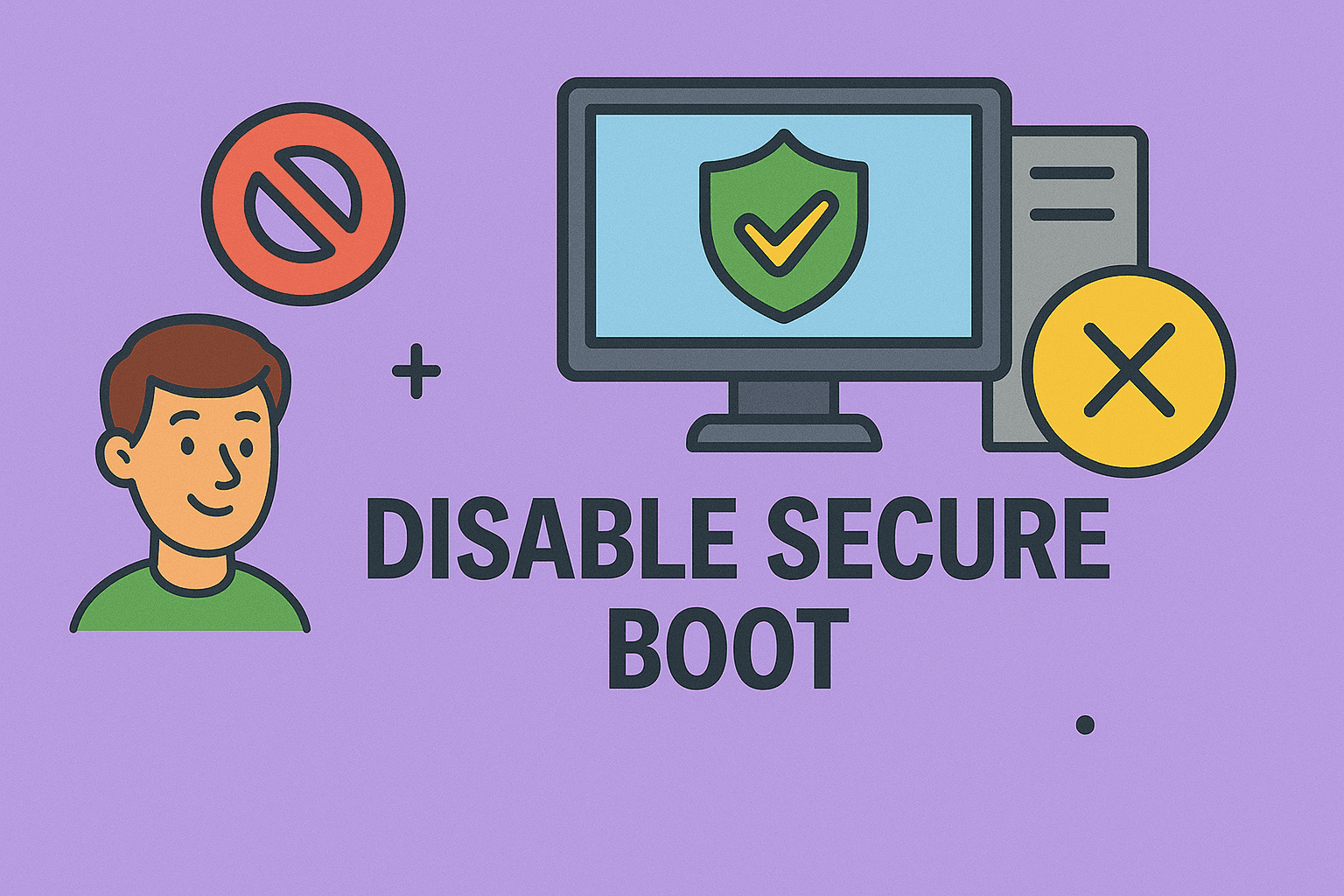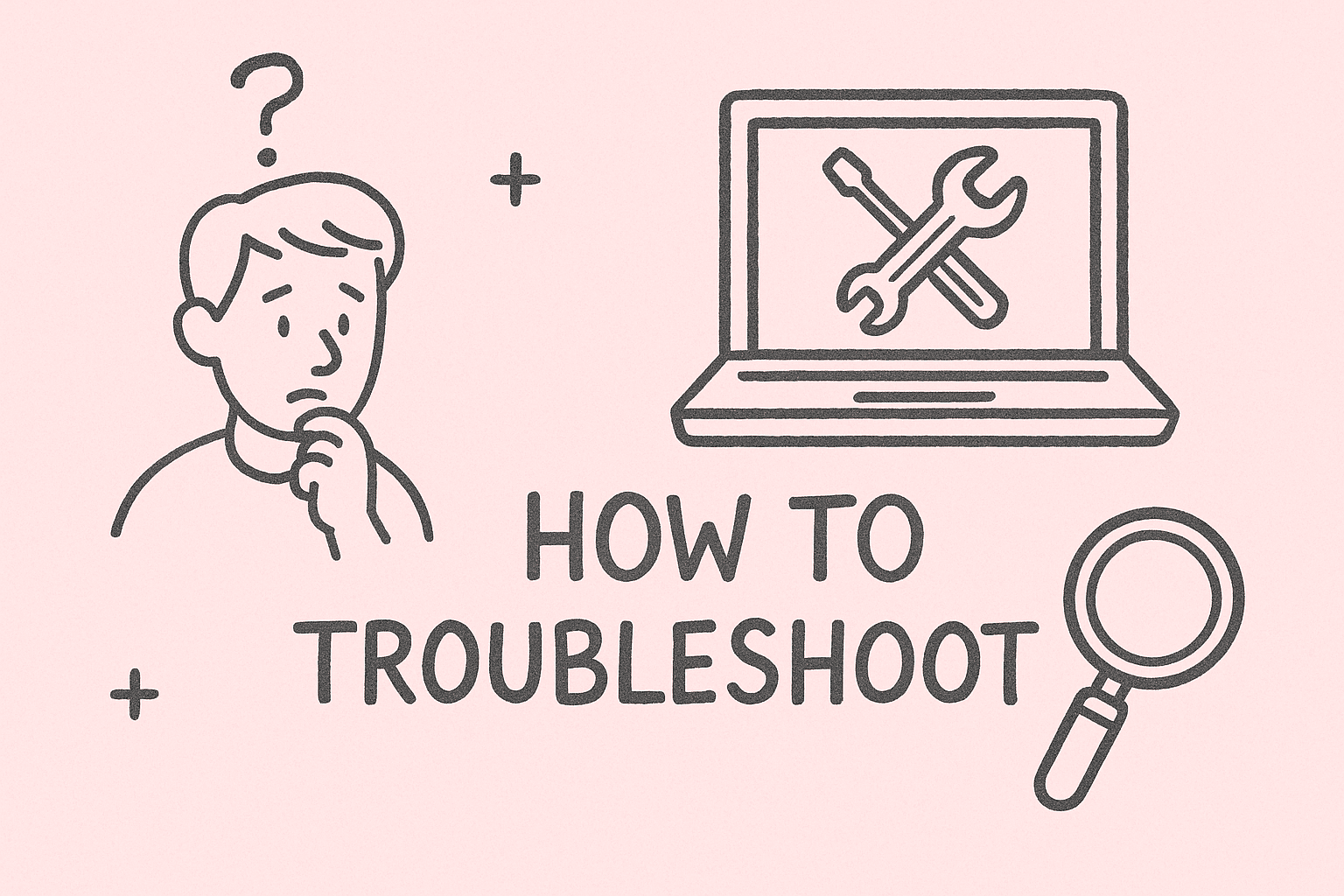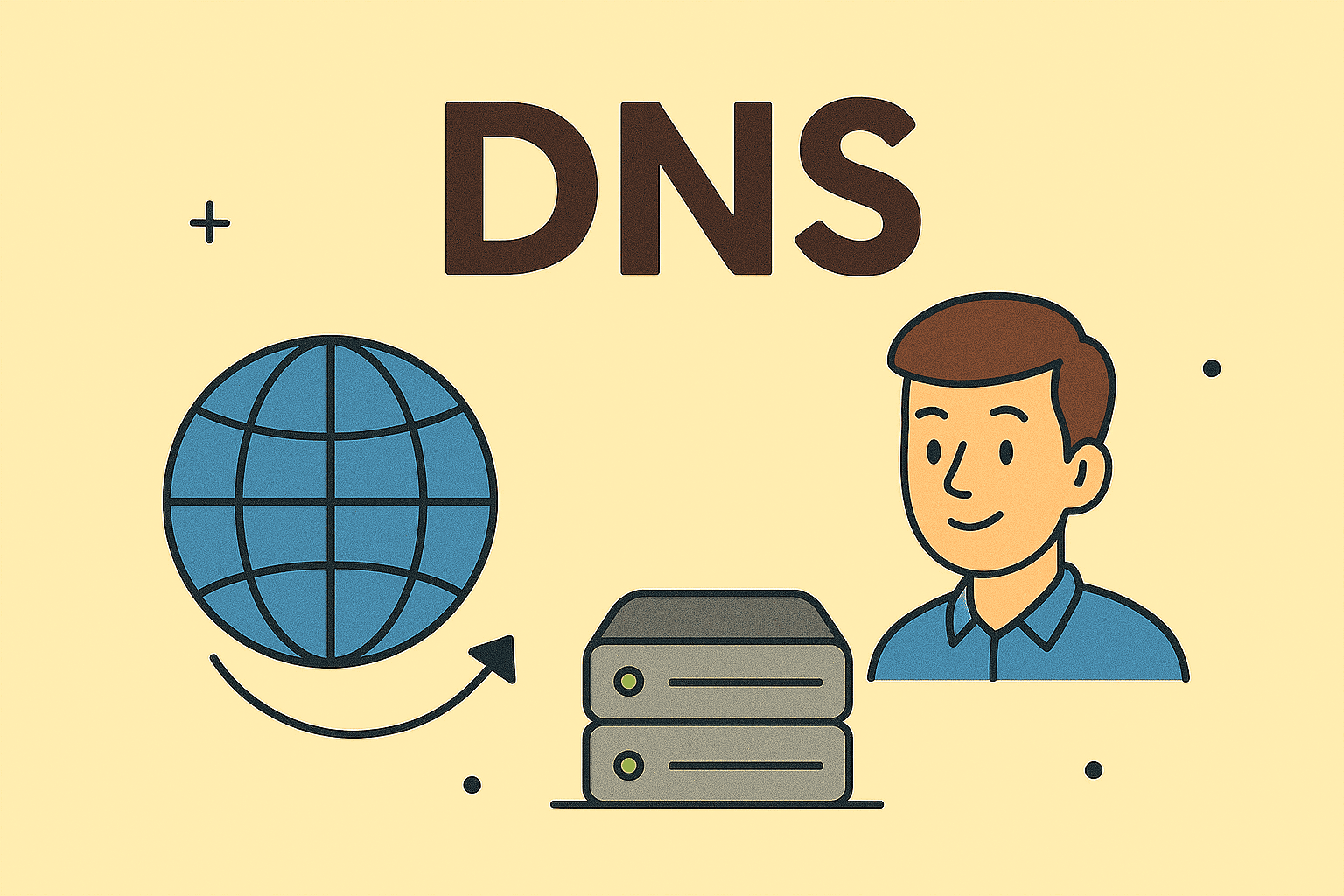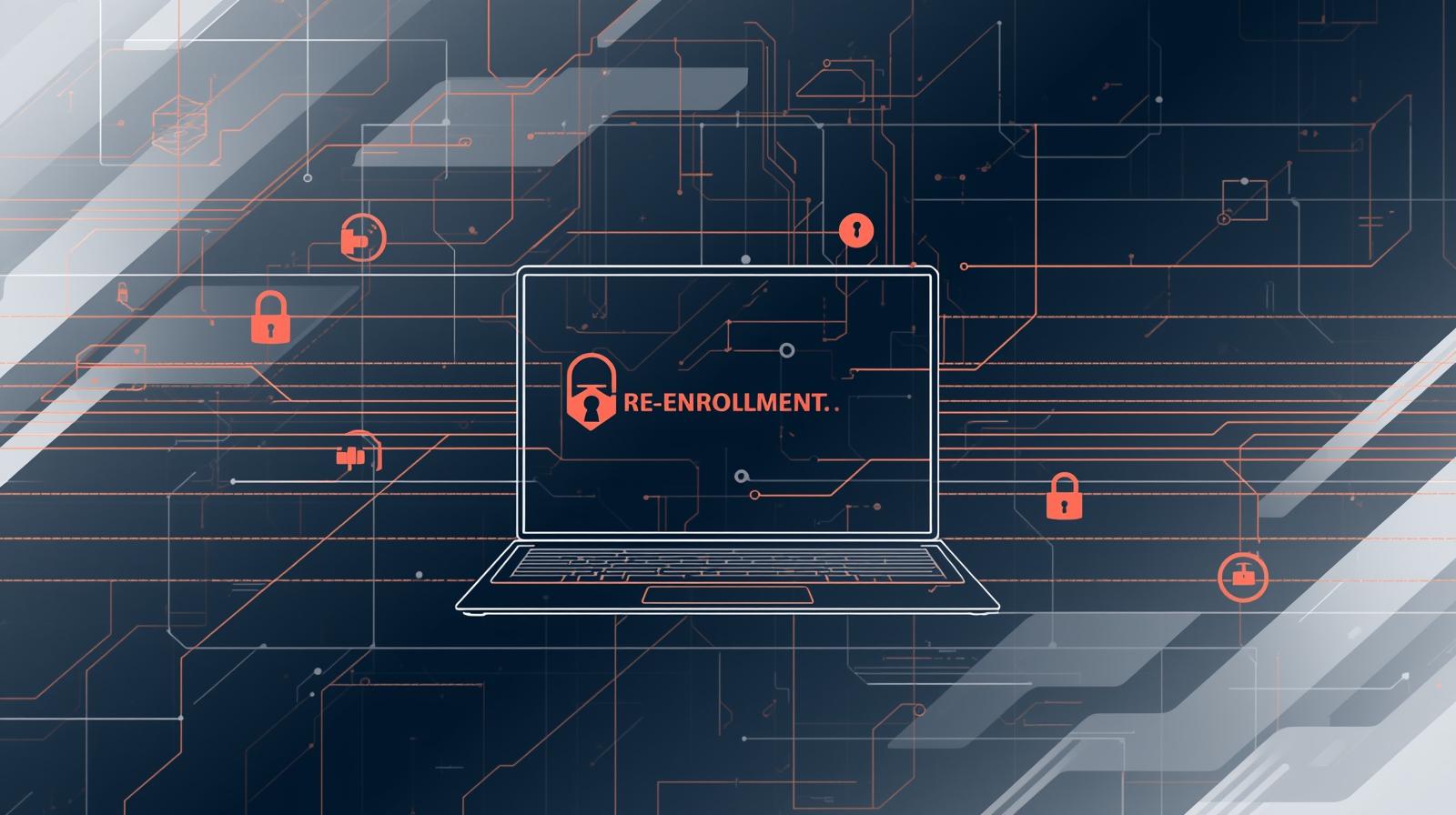Strengthening Enterprise Protection Through Endpoint Security Strategy
Updated on November 26, 2025, by ITarian

As cyber threats grow more sophisticated and attackers target organizations across every industry, having a strong endpoint security strategy has become a foundational requirement for business resilience. Endpoints—including laptops, desktops, mobile devices, servers, and IoT systems—are the gateways into your digital infrastructure. When left unprotected or inconsistently monitored, they become vulnerable entry points for malware, ransomware, unauthorized access, and data breaches. That’s why IT managers, cybersecurity teams, and business leaders must ensure their endpoint protection approach is proactive, structured, and continuously updated.
In a world where remote and hybrid work environments have expanded the corporate attack surface, endpoint security is no longer just an IT concern—it’s a strategic business imperative. This article offers a comprehensive breakdown of what makes a strong endpoint security strategy, the technologies that support it, the best practices organizations should follow, and how modern automation and centralized management tools can help build a more secure environment for every device.
Understanding the Importance of Endpoint Security in Modern Organizations
Endpoints are the most frequently targeted assets in cyberattacks. Whether an attack begins with a phishing email, unpatched software, or a compromised device, endpoints often serve as the first line of defense—and the first point of failure.
Why endpoint security matters:
-
Endpoints store and process sensitive business data
-
Attackers use endpoints as entry points for deeper network infiltration
-
Remote devices often operate outside protected network perimeters
-
Users may unintentionally introduce risks through unsafe behavior
-
Legacy devices or unmanaged systems increase exposure
A strong endpoint security strategy ensures consistent visibility and control across all devices, reducing the likelihood of breaches and operational disruptions.
The Growing Complexity of Endpoint Threats
In the past, endpoint security primarily focused on antivirus tools. Today, the threat landscape has evolved significantly. Attackers now use automated scripts, AI-driven malware, zero-day vulnerabilities, and highly targeted social engineering tactics to exploit endpoints.
Common threats include:
-
Ransomware
-
Zero-day exploits
-
Phishing and credential theft
-
Remote access trojans (RATs)
-
Keyloggers and spyware
-
Lateral movement attacks
-
Supply chain vulnerabilities
-
Unsecured IoT endpoints
To counter these complex threats, organizations need multilayered, proactive security measures.
Core Components of an Effective Endpoint Security Strategy
A complete strategy goes far beyond antivirus—it incorporates monitoring, policy enforcement, patching, device compliance, and continuous threat detection.
Centralized Endpoint Monitoring
Continuous monitoring ensures IT teams stay aware of device activity, resource usage, and potential anomalies. Monitoring tools collect real-time data, detect suspicious behavior, and alert teams before issues escalate.
Strong Access Control and Identity Management
Endpoint security must incorporate identity protection through:
-
Multi-factor authentication (MFA)
-
Role-based access control (RBAC)
-
Least privilege principles
-
Single sign-on systems (SSO)
Unauthorized access remains one of the most common causes of breaches.
Automated Patch and Vulnerability Management
Unpatched software is one of the leading contributors to cyber incidents. Automated patch management ensures:
-
Faster updates
-
Reduced attack windows
-
Consistent patching across devices
-
Regulatory compliance
Automating patching is essential for scalability.
Endpoint Detection and Response (EDR)
EDR tools continuously monitor endpoint activity to detect, analyze, and automatically respond to threats like:
-
Malware infections
-
Suspicious processes
-
Lateral movement
-
Ransomware behavior
EDR adds advanced behavioral analytics beyond traditional antivirus.
Device Compliance and Configuration Enforcement
Endpoint misconfigurations often create vulnerabilities. Compliance management ensures devices adhere to:
-
Security baselines
-
System hardening policies
-
Application allowlists
-
Encryption standards
Non-compliant devices should be automatically quarantined or restricted.
Data Encryption and Zero Trust Principles
Zero Trust assumes no device or user is inherently trustworthy. Device encryption ensures that even compromised endpoints do not expose sensitive data.
Zero Trust for endpoints includes:
-
Verifying every device and user
-
Continuous monitoring
-
Restricting network access
-
Segmenting critical systems
Zero Trust significantly limits the impact of compromised endpoints.
Endpoint Backup and Recovery Planning
Endpoint failures can occur due to hardware issues, ransomware, or user mistakes. Reliable, automated backup solutions protect data stored on:
-
Laptops
-
Workstations
-
Mobile devices
-
Virtual machines
Recovery should be fast, consistent, and easily manageable across all devices.
The Role of AI and Machine Learning in Endpoint Protection
Artificial intelligence plays an essential role in modern endpoint security solutions.
AI helps with:
-
Detecting unusual patterns
-
Predicting potential breaches
-
Preventing zero-day exploits
-
Automating response
-
Reducing false positives
Machine learning improves accuracy as devices generate more security data.
Securing Remote and Hybrid Workforces
As remote work becomes the norm, endpoint security strategies must account for devices connecting from multiple networks, often outside the organization’s control.
Remote endpoint security includes:
-
Enforcing VPN or ZTNA (Zero Trust Network Access)
-
Monitoring unmanaged devices
-
Securing Wi-Fi configurations
-
Automatically patching remote devices
-
Deploying cloud-based security agents
Remote endpoints must be protected just as thoroughly as on-premise devices.
Threat Hunting and Proactive Security
A mature endpoint security strategy incorporates proactive analysis—not just reactive measures.
Threat hunting helps organizations:
-
Identify hidden threats
-
Detect anomalies
-
Prevent future incidents
-
Improve detection rules
-
Strengthen overall security posture
Combining threat hunting with endpoint monitoring enhances visibility.
Implementing Device Segmentation
Network and endpoint segmentation limit how far an attacker can move once a single device is compromised.
Examples of segmentation:
-
Separating IoT devices from corporate laptops
-
Isolating high-privilege users
-
Restricting guest networks
-
Splitting production and development environments
Segmentation prevents widespread damage during incidents.
The Importance of Endpoint Policy Management
Policies help define how endpoints should operate, what software is allowed, and which tools must remain installed.
Strong policy management includes:
-
Application control
-
Firewall enforcement
-
Web content filtering
-
Operating system restrictions
-
BYOD usage policies
Policies ensure consistency across devices.
The Role of Endpoint Security in Regulatory Compliance
Many industries require strong endpoint security to protect sensitive information.
Compliance frameworks supported by endpoint security include:
-
HIPAA
-
GDPR
-
PCI DSS
-
ISO 27001
-
SOC 2
-
NIST CSF
Centralized endpoint security ensures compliance remains intact.
Best Practices for Building an Endpoint Security Strategy
A sound strategy requires both technology and process. Here are essential best practices every organization should implement.
Prioritize High-Risk Endpoints
Endpoints with access to sensitive data or privileged systems should receive the strongest security measures.
Standardize Device Configurations
Uniform configurations reduce variability and simplify security enforcement.
Automate Everything Possible
Automation minimizes manual errors and ensures consistent protection across all endpoints.
Maintain Continuous Visibility
Without visibility, threats can move undetected across the network.
Use Layered Security Techniques
Combine antivirus, EDR, monitoring, encryption, VPNs, policies, and patch management for full protection.
Conduct Regular Security Audits
Routine audits reveal gaps, compliance failures, and outdated controls.
Educate Employees on Endpoint Security
Human error is a major contributor to breaches. Training reduces risks associated with:
-
Phishing
-
Unsafe downloads
-
Poor password practices
-
Unapproved software usage
User education strengthens endpoint resilience.
Endpoint Security Strategy for MSPs
Managed service providers rely heavily on endpoint management tools to protect client devices.
MSP priorities include:
-
Scalable automation
-
Real-time monitoring
-
Automated patch cycles
-
Zero-touch deployment
-
Remote remediation
-
Multi-tenant management
A unified endpoint security strategy helps MSPs deliver reliable, secure services.
Endpoint Security Strategy for Large Enterprises
Enterprises face complex environments with thousands of endpoints across multiple regions.
Enterprise priorities include:
-
High-level automation
-
Detailed reporting
-
Global policy enforcement
-
Advanced threat detection
-
Multi-layer authentication
Enterprise-grade tools ensure consistent performance at scale.
Frequently Asked Questions
1. Why is endpoint security so important for modern businesses?
Because endpoints are the most common entry points for cyberattacks.
2. What should be included in an endpoint security strategy?
Monitoring, patching, threat detection, policy management, encryption, and access control.
3. Does endpoint security protect against ransomware?
Yes—especially when combined with automated patching, EDR, and strong access controls.
4. How does automation help with endpoint security?
It improves consistency, speeds up threat responses, and reduces human error.
5. Do remote workers increase endpoint security risks?
Yes, which is why remote endpoint monitoring and patching are critical.
Final Thoughts
A strong endpoint security strategy is essential for protecting sensitive data, minimizing cyber risks, and maintaining business continuity. From patch management and real-time monitoring to threat detection, identity control, and Zero Trust principles, organizations must adopt a strategic approach to securing every device across their environment. As cyber threats continue to evolve, endpoint security must evolve with them—using automation, machine learning, and centralized management to stay ahead of attackers.
If you’re ready to improve your endpoint resilience, strengthen IT hygiene, and automate device protection at scale, you can Start your free trial with ITarian and experience enterprise-level security and management in one platform.














